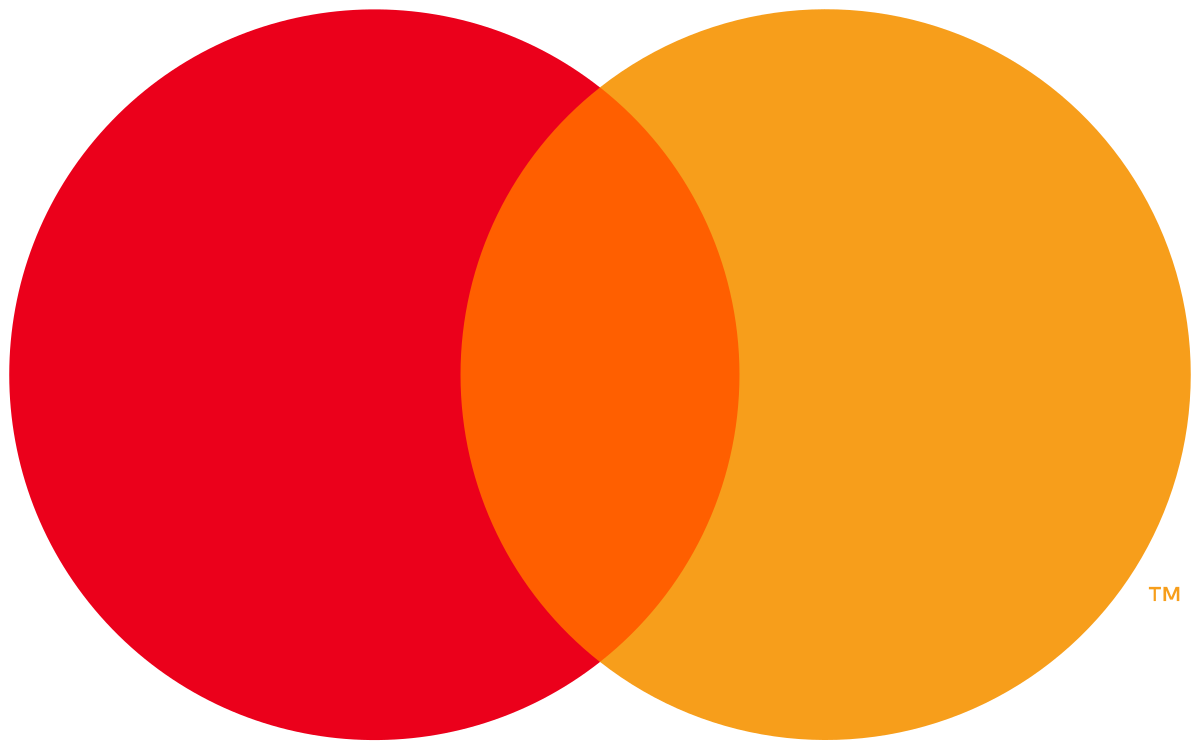

Payments have been a cornerstone investment of our Global portfolios for over a decade. We’ve been invested in Visa and Mastercard as we are confident in their ability to protect and grow earnings with a high degree of certainty into the future. This is driven by the quality of their business (‘economic moat’) and the structural tailwind of digitising consumer payments.
Economic moats rarely just exist. Management teams need to innovate to defend and strengthen their economic moat, a key criterion in our assessment of quality. Over the past decades, Visa and Mastercard have been innovators. Reinvesting in their network capabilities (reach, security and user experience) and investing in new capabilities has reduced the probability of disruption, protecting their competitive advantages of scale, network effects and high barriers to entry. As a result, Visa alone has generated 11% revenue CAGR and 16% EPS CAGR over the past decade.
While there remains a healthy growth runway from the structural tailwind of commerce digitisation, the digitisation of new flows and the network (via value-added services) are important growth vectors for Visa and Mastercard.
This discussion should not detract from the importance of innovation and growth in consumer payments. Consumer payments make up ~70% of revenue and maintaining leadership in domestic and cross-border consumer flows is key to the investment thesis.
Notwithstanding Visa and Mastercard’s current dominance, we are always monitoring potential disruptive threats. What could disrupt this tailwind and Visa and Mastercard’s industry position? New networks like central bank real-time payment networks (e.g. FedNow in the United States, Pix in Brazil or NPP in Australia) are a threat to the incumbent networks. These networks, however, are not global and were established as P2P networks rather than facilitators of commerce. Enabling seamless, fast, ubiquitous and safe commerce is critical to drive consumer adoption. Central bank networks are slow to offer these features, making it challenging to compete with the Visa and Mastercard networks that offer a fast, ubiquitous, global and safe network, plus rewards. The challenge of driving switching in the face of an innovative incumbent should not be underestimated.
Visa and Mastercard’s growth opportunities, and the disruptive threats, were central to our conversations with C-suite and management teams of the digital payments ecosystem (networks, acquirers, issuers, processors and fintechs) on our recent research trip to the United States. In our conversations, it was clear that the value-add of Visa and Mastercard’s network and technology to customers was unrivalled. Pleasingly, this is not lost on Visa and Mastercard. The networks prioritise innovation that constantly improves the payment experience, benefiting all network participants. Overall, we continue to view networks as high-quality businesses that will deliver attractive returns to shareholders.
We currently hold positions in Visa and Mastercard across our Global Equities and Global Thematic Strategies.

By Elisa Di Marco, Portfolio Manager, Magellan Core Global and Core ESG Funds